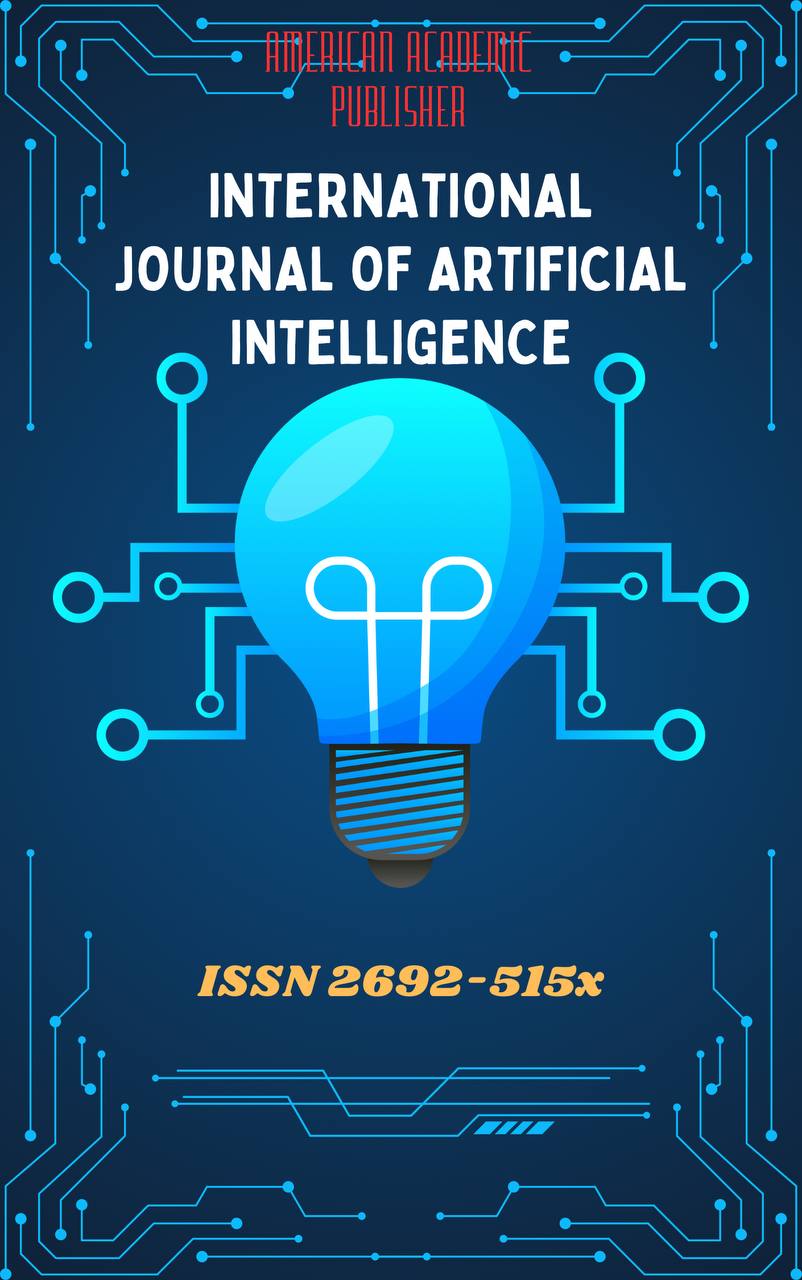 Articles
| Open Access |
Articles
| Open Access | THE ROLE OF CREATIVE TASKS AND PROBLEM SITUATIONS IN TEACHING INDEPENDENT THINKING IN PRIMARY EDUCATION
Hamraqulova Xadichabonu Yoqubjon qizi , Jizzakh State Pedagogical University Faculty of Theory and Methods of Education and Upbringing (Primary Education) 2nd Year Master’s ProgramAbstract
This article examines the role of creative tasks and problem situations in developing independent thinking among primary school students. The study is based on classroom observations, teacher interviews, and analysis of teaching practices. Findings show that creative assignments—such as storytelling, open-ended questions, and project-based activities—stimulate imagination and originality, while problem situations encourage analytical reasoning, collaboration, and decision-making. Teachers reported that these methods increased motivation and self-confidence, even among lower-performing students. Despite some challenges in preparation and implementation, the integration of creative and problem-based learning approaches is proven to be an effective way to strengthen independent thinking and prepare students for future intellectual and social demands.
Keywords
Independent thinking; creative tasks; problem situations; primary education; critical thinking; problem-based learning; motivation; creativity.
References
Vygotsky, L. S. (1978). Mind in Society: The Development of Higher Psychological Processes. Harvard University Press.
Dewey, J. (1938). Experience and Education. Macmillan.
Piaget, J. (1973). To Understand Is To Invent: The Future of Education. Grossman.
Brookfield, S. D. (2012). Teaching for Critical Thinking: Tools and Techniques to Help Students Question Their Assumptions. Jossey-Bass.
Paul, R., & Elder, L. (2014). Critical Thinking: Tools for Taking Charge of Your Professional and Personal Life. Pearson.
Halpern, D. F. (2014). Thought and Knowledge: An Introduction to Critical Thinking. Psychology Press.
Jonassen, D. H. (2011). Learning to Solve Problems: A Handbook for Designing Problem-Solving Learning Environments. Routledge.
Facione, P. A. (2015). Critical Thinking: What It Is and Why It Counts. Insight Assessment.
Lipman, M. (2003). Thinking in Education. Cambridge University Press.
Ennis, R. H. (2011). The Nature of Critical Thinking: An Outline of Critical Thinking Dispositions and Abilities. University of Illinois.
Article Statistics
Downloads
Copyright License

This work is licensed under a Creative Commons Attribution 4.0 International License.

